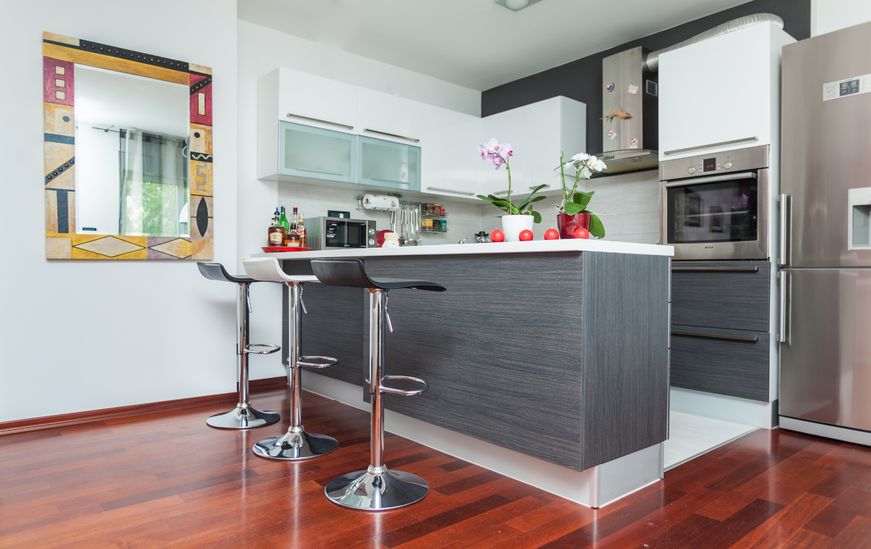
Here are some ideas for saving electricity and with it money, in the kitchen.
- When vegetables need to be cooked it is not necessary for the water in the pot to boil rapidly. A gentler heat will not only save electricity but make the vegetables less likely to break up. Even better, use a microwave.
- Never cook food from frozen as this can add about 15 minutes of cooking time per pound. That’s 15 minutes of wasted electricity usage. Plan ahead and allow the required items to thaw naturally before they are needed.
- Never boil water on the stovetop. Rather use your electric kettle as this device is far more energy efficient. For example; when cooking pasta, don’t boil the water in a pot. First boil the water in a kettle then transfer to a pot.
- When cooking in the oven, do not open the door more than is absolutely necessary. Every time the door is opened the temperature inside the oven is reduced and replacing this heat costs money. While on the subject of oven doors – make sure the seal is in good condition and working efficiently. If not, heat will continually leak out. The cost of a new seal will be much less than the wasted electricity over a period of time.
- Use your microwave whenever possible. This appliance is much more energy efficient than a stove or oven and can be used for a variety of cooking and heating tasks. For example, don’t re-heat a pot of coffee on the stove. Rather heat single cups in the microwave. Many foods, like scrambled eggs and baked potato, can be cooked in the microwave rather than on the stove or in the oven.
Aside from the Kitchen: DIY Projects That Can Help Save Energy at Home
Not all energy saving ideas are complex or require major building renovations. There are many things that keen DIY enthusiasts with decent skills can do. Here are some ideas that are simple to implement but should help you to save energy at home and have a positive impact on your utility bills.
- Insulate your attic or ceiling. The US Department of Energy maintains that most of the heat in an average house escapes into the attic. Without something to stop it, a lot of the air that you have spent money on heating simply drifts off. Fiberglass based insulation is fairly cheap and easy to install.
- Replace or install weather stripping. Similar to attic/ceiling insulation, weather stripping around doors and windows restricts the loss of heated or cooled air. Weather stripping materials are inexpensive and easy to install.
- Install ceiling fans. Many different types of ceiling fans are available from department and hardware stores. Watch your local papers and advertising as these items are often placed on special. A good tip is to look at buying in the winter as the prices often rise in the summer when demand picks up. Generally these products are not too difficult to install and detailed instructions will be included with any reputable product. Ceiling fans can make the home feel cooler and reduce the need for air-conditioning. The improved circulation will also complement the effect of your air-conditioner so it doesn’t have to work as hard, meaning less electricity usage and lower bills.






